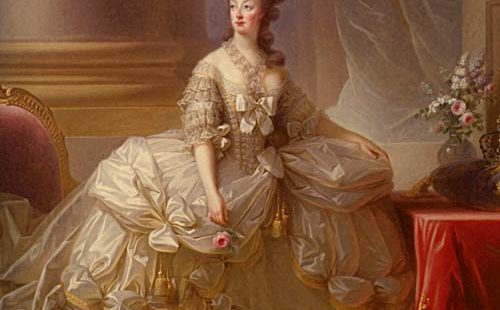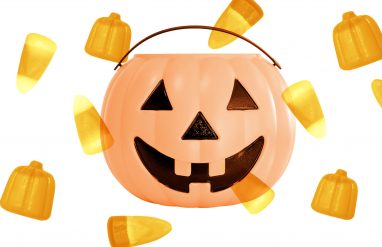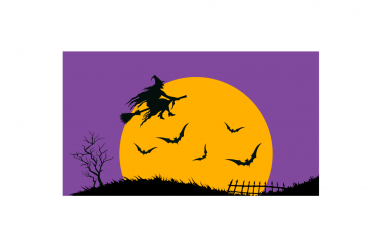Pannier
The word pannier originally referred to a large basket used for transporting goods, but it took on a new sense during the 1700s when women of the European upper class took to distending their skirts in order to show off luxurious textiles. Pannier then referred to an oval framework made of whalebone or cane worn under the skirt to achieve this mile-wide silhouette. The trend was taken to an extreme by Marie Antoinette: had she needed to use her panniers to transport goods, she would have had ample cargo space.

















